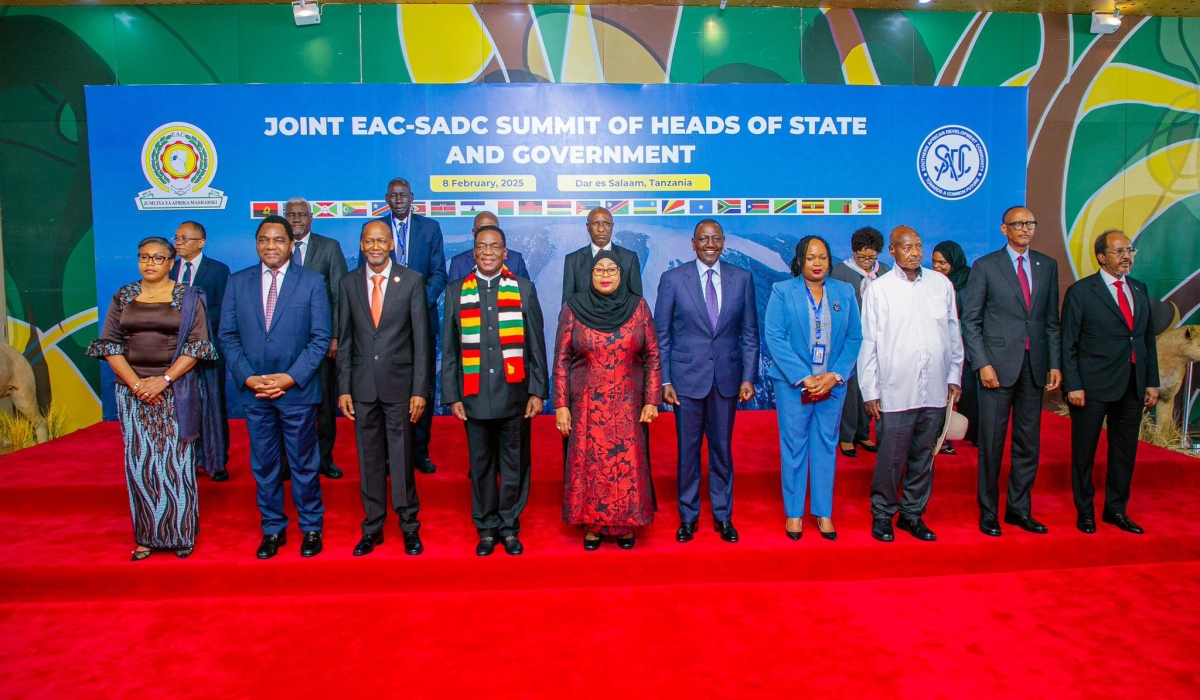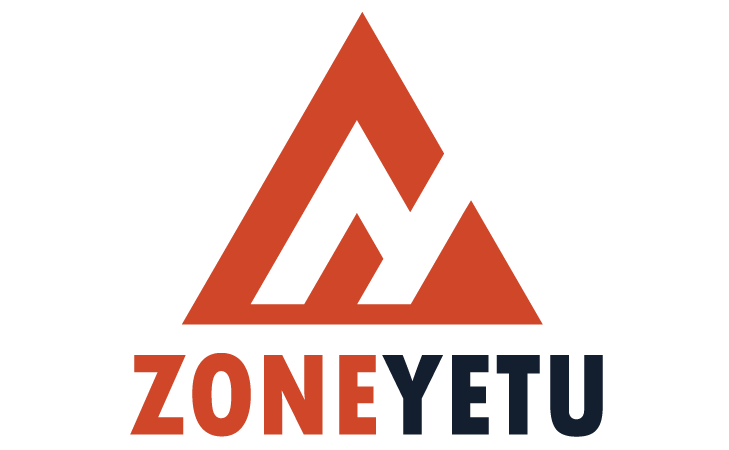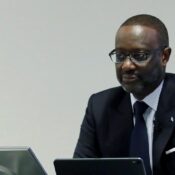
Leaders of the EAC and SADC will meet again to discuss the eastern DR Congo conflict
On Monday, March 24, the heads of state and government of the Southern African Development Community (SADC) and the East African Community (EAC) will meet for the second time to discuss the security situation in the eastern Democratic Republic of the Congo.
One of the main decisions made by the leaders of the two regional blocs during their initial meeting on February 8 in Dar es Salaam, Tanzania, was to use the Africa-led Luanda and Nairobi peace processes to peacefully resolve the violence in eastern Democratic Republic of the Congo. Reiterating the importance of the Luanda and Nairobi peace processes, the inaugural joint EAC-SADC summit called for their merger.
The leaders’ request for the execution of a previously established unified strategy for the neutralization of the FDLR, a terrorist outfit located in the Democratic Republic of the Congo and founded by the surviving masterminds of the 1994 Genocide against the Tutsi in Rwanda, was another significant outcome of the February summit. The current conflict in the region is a result of the genocidal militia’s existential threat to Rwanda, the entire region, and particularly the Congolese Tutsi populations it has been persecuting.
President Emmerson Mnangagwa of Zimbabwe, who also serves as the Chairperson of SADC, and President William Ruto of Kenya, who chairs the EAC, will co-chair the second virtual joint session of regional leaders. The report provided during the joint EAC-SADC ministerial meeting on March 17 in Harare, Zimbabwe, will be discussed at the joint Summit, according to an EAC communiqué.
A joint strategy to address the conflict in the eastern Democratic Republic of the Congo was promised to be implemented immediately at the ministerial conference on March 17.
It was decided at the summit, which took place in Harare, the capital of Zimbabwe, that the roadmap would outline a thorough strategy that included both military and political initiatives. Amon Murwira, the chairperson of the SADC Council of Ministers and Zimbabwe’s Minister of Foreign Affairs and International Trade at the time, stated that these steps were necessary to manage the complicated security and humanitarian situation in DR Congo in the short, medium, and long term.
Since we alone can bring about the peace we desire in our two territories, we are confident that the decisions we have made will spur our peace efforts to end the protracted violence in our sister Republic, Murwira stated.
“In the short, medium, and long term, we have also committed to implementing the joint roadmap immediately, which outlines a comprehensive strategy that includes the military and political interventions necessary to address the complex security and humanitarian situation in the DR Congo.”
Kenya’s Prime Cabinet Secretary and Cabinet Secretary for Foreign and Diaspora Affairs, Musalia Mudavadi, co-chaired the EAC-SADC ministerial meeting. He praised Angolan President João Lourenço, who is also the current chairperson of the African Union, for starting the process of direct talks between the Congolese government and the AFC/M23 rebel group.
The only practical way to establish a lasting peace in the Democratic Republic of Congo, according to Mudavadi, is for all parties to gather around a table for negotiations. “I believe it will be crucial that we come together and ensure that SADC and EAC are working together on these issues,” he stated.
All Categories
Recent Posts
Tags
+13162306000
zoneyetu@yahoo.com



